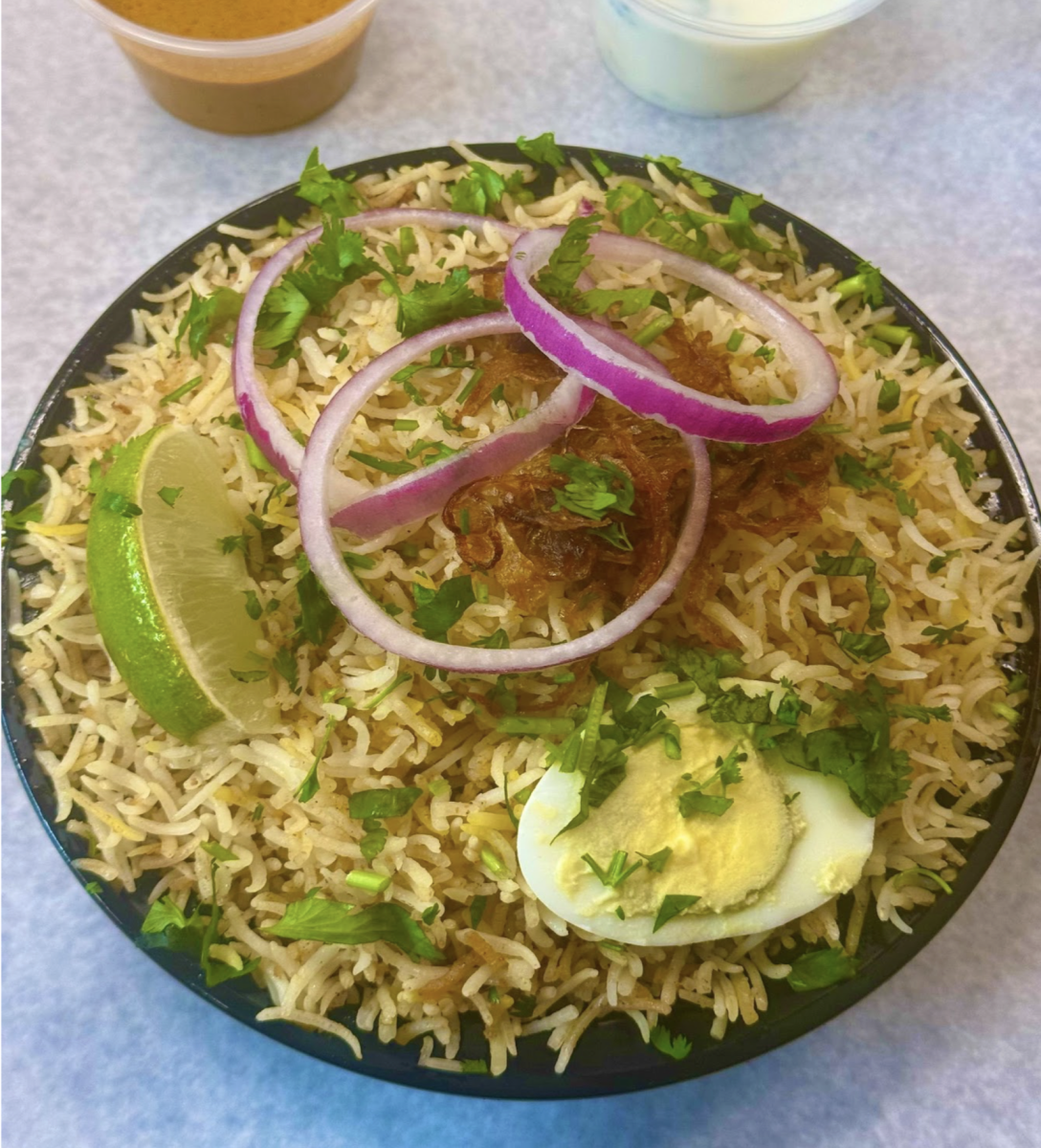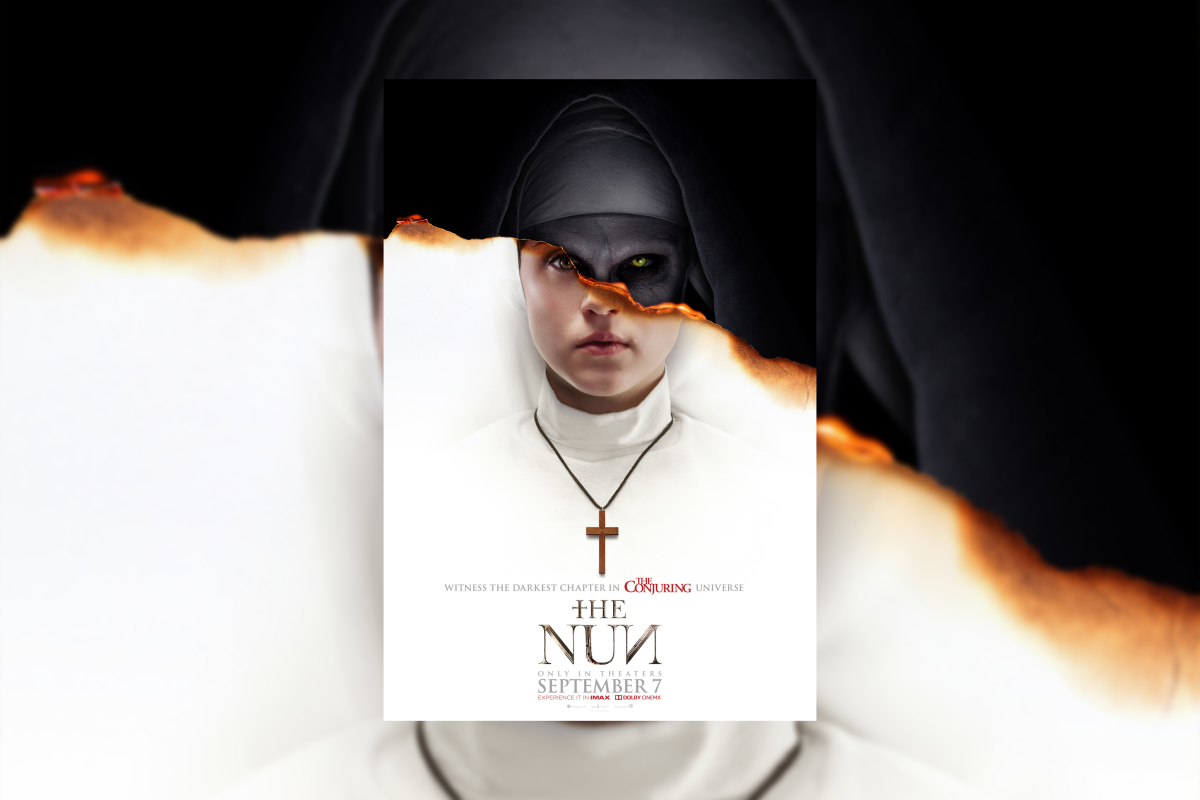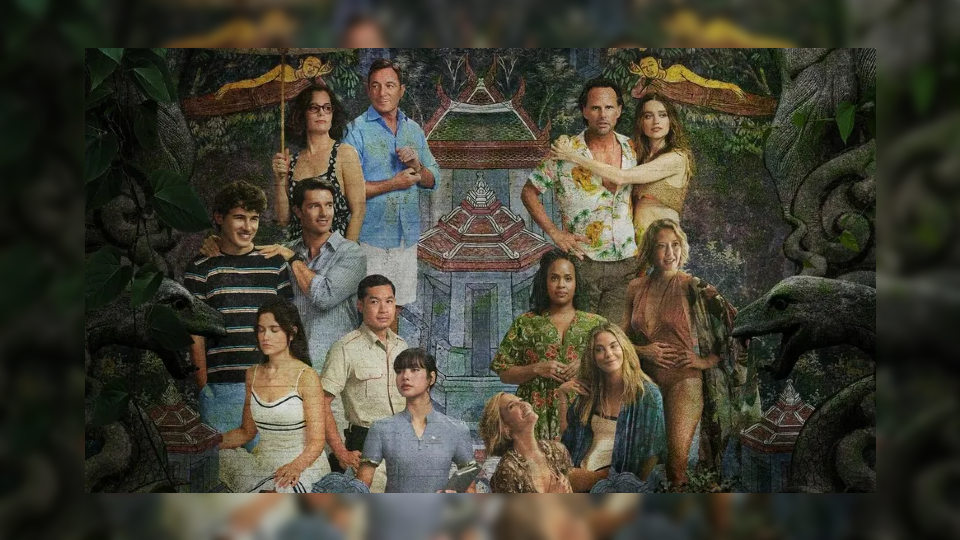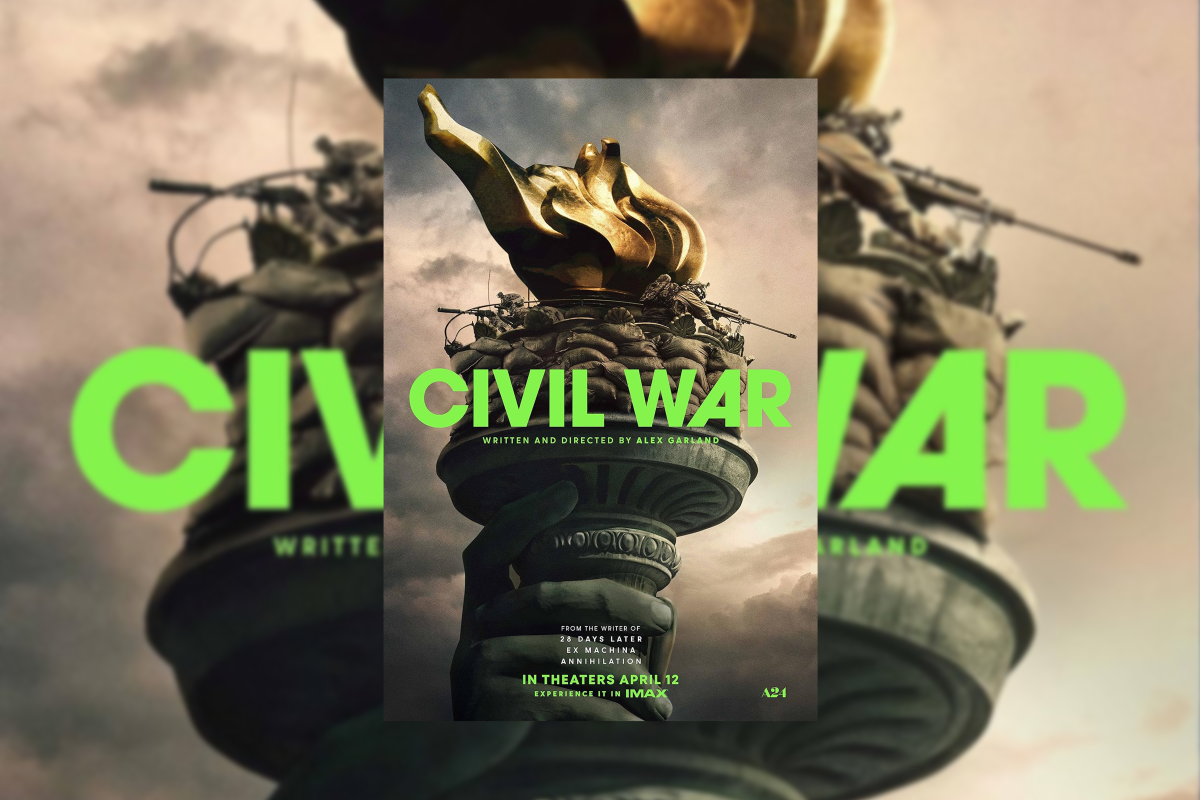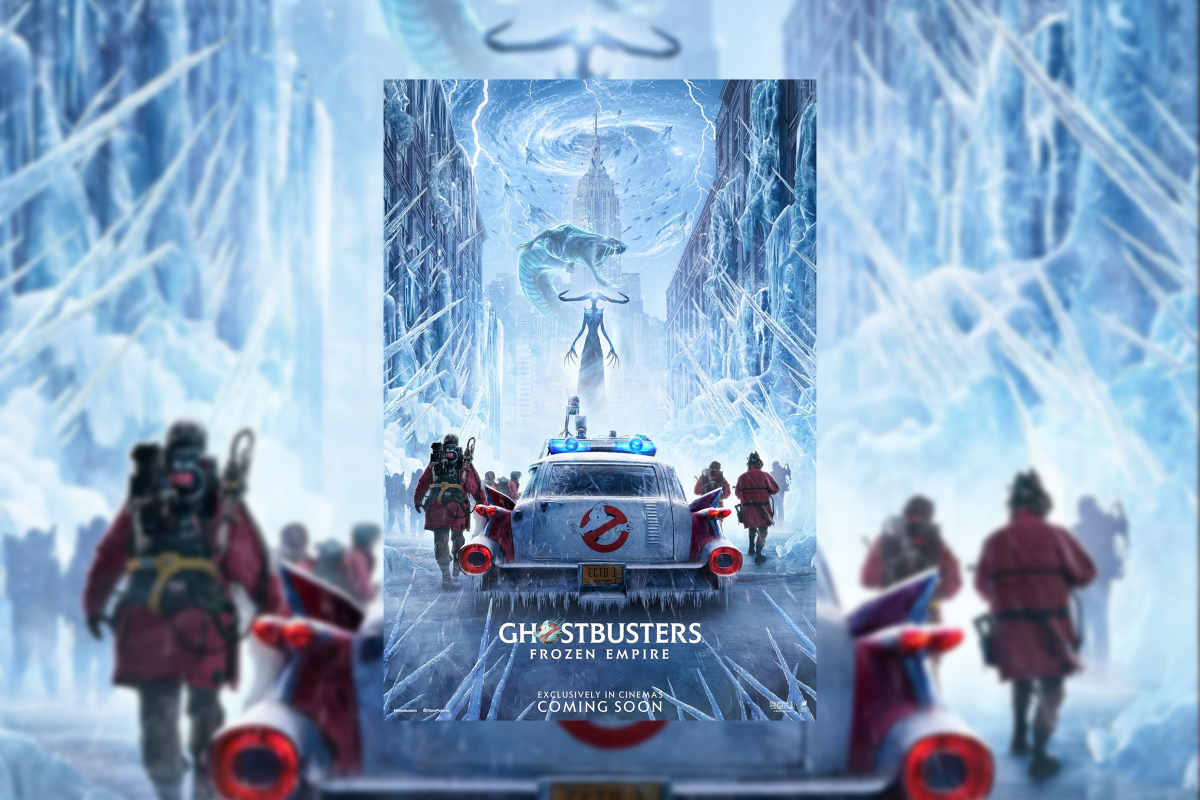When the Vatican receives word of the mysterious circumstances surrounding the suicide of a nun in Central Romania at the Carta Monastery, Father Burke (Demián Bichir), a so-called miracle hunter, and Sister Irene (Taissa Farmiga) are sent to investigate and determine whether the site is still holy.
Directed by Corin Hardy, “The Nun” is the third installment in the “Conjuring” series and serves as a prequel to the first two.
Taking place in 1952, in poverty-stricken rural Romania, the film’s cinematography captures the bleak and densely wooded location that was ravaged by World War II less than a decade before. With sections of the monastery blown apart by bombs from warplanes, the nuns living within attribute the damage to the release of a hellish evil buried deep within the abbey.
The spectral appearance of a dark nun throughout the film, terrorizing the protagonists, adds to the eeriness of the film. This, accompanied by Christian mythology and pagan ritualistic themes, ensnares the viewer with a sense of fearful fascination.
Bichir’s portrayal of Father Burke is reminiscent of Hugh Jackman’s titular character in the 2004 film “Van Helsing.” Burke’s gruff yet wise approach to the situation at the abbey is troubled by the guilt of his actions during an exorcism of a young boy years before. His rugged personality and knowledge of religious mythology veritably steal the show from co-star Taissa Farmiga.
Farmiga’s approach to Sister Irene, who had yet to take her sacred vows to become a nun, was to portray a sister who is both educated and progressive in terms of understanding the Bible. She is a petite character, made to appear even more so in her white dress, but does not hesitate to question her superiors and think for herself. While there is little revealed of her character’s backstory, Farmiga plays the epitome of Christian purity and is the best weapon the team has in fighting the evil within the abbey.
If an audience is looking for a classic slasher or gore-horror flick, they won’t find it here. Director Corin Hardy relied almost exclusively on jump-scares and over-the-shoulder shots to create suspense. The overuse of these methods in the film cannot be overstated and can make the film, toward the end, predictable.
That being said, Hardy’s team took many creative liberties with CGI, shadows, and background movement to create perhaps one of the most original, menacing, and cool horror villains seen in a decade. Scenes where the dark nun moves down a corridor, extinguishing candlelight as she moves and turning crosses upside down, imbues the audience with chills and dread.
Hardy and his stellar cast created not only an original plot and memorable characters, but an original villain that will give you chills.
Throughout the film, there is very little callback to the previous two—that is, until the end.
While the jump-scares and over-the-shots were a bit stale, the cinematography of the monastery, creativeness of the characters as well as the story and effort put in by the crew to create a memorable movie villain cannot be over-emphasized. This film is an excellent thrill that any fan of the “Conjuring” or the suspense/horror genre owes it to themselves to see.
For questions/comments about this story, email [email protected] or tweet @thewhitonline.


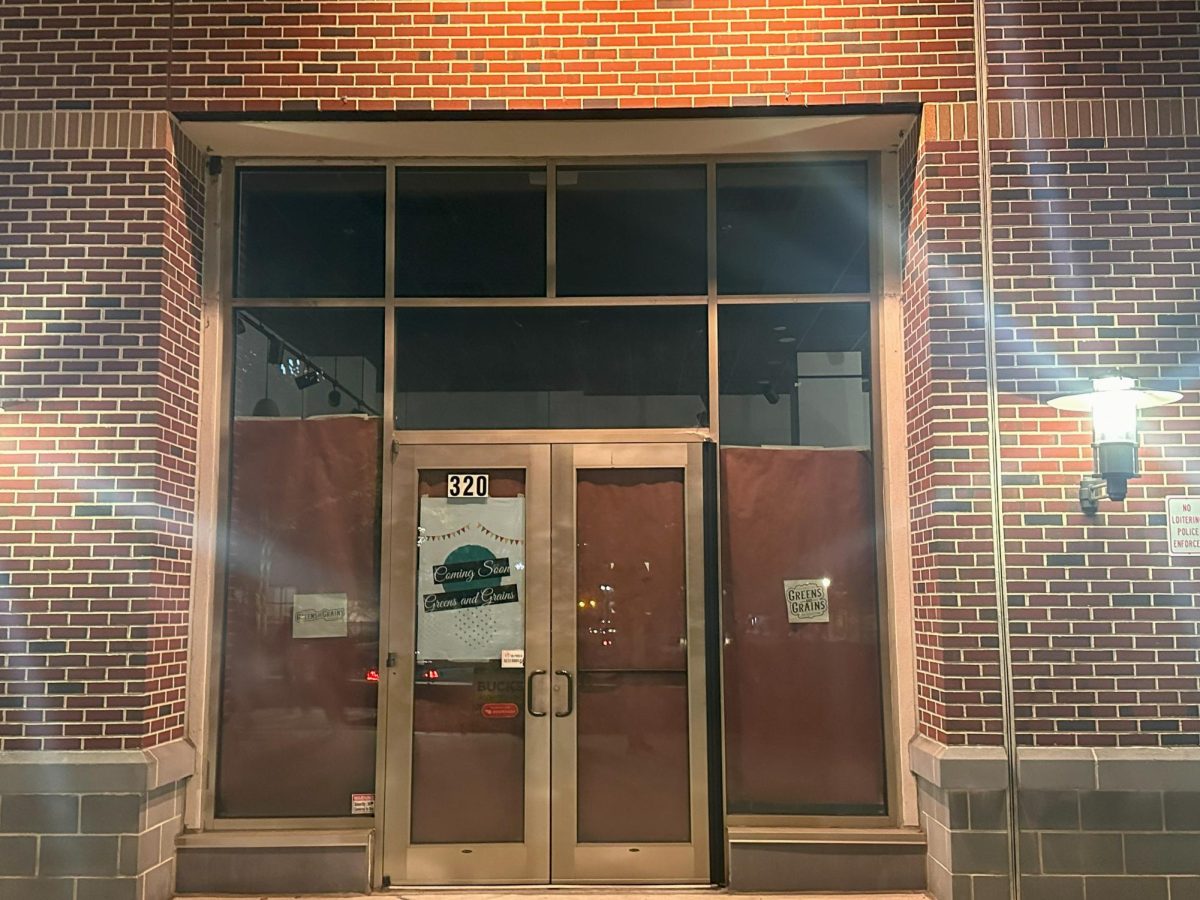













































































































































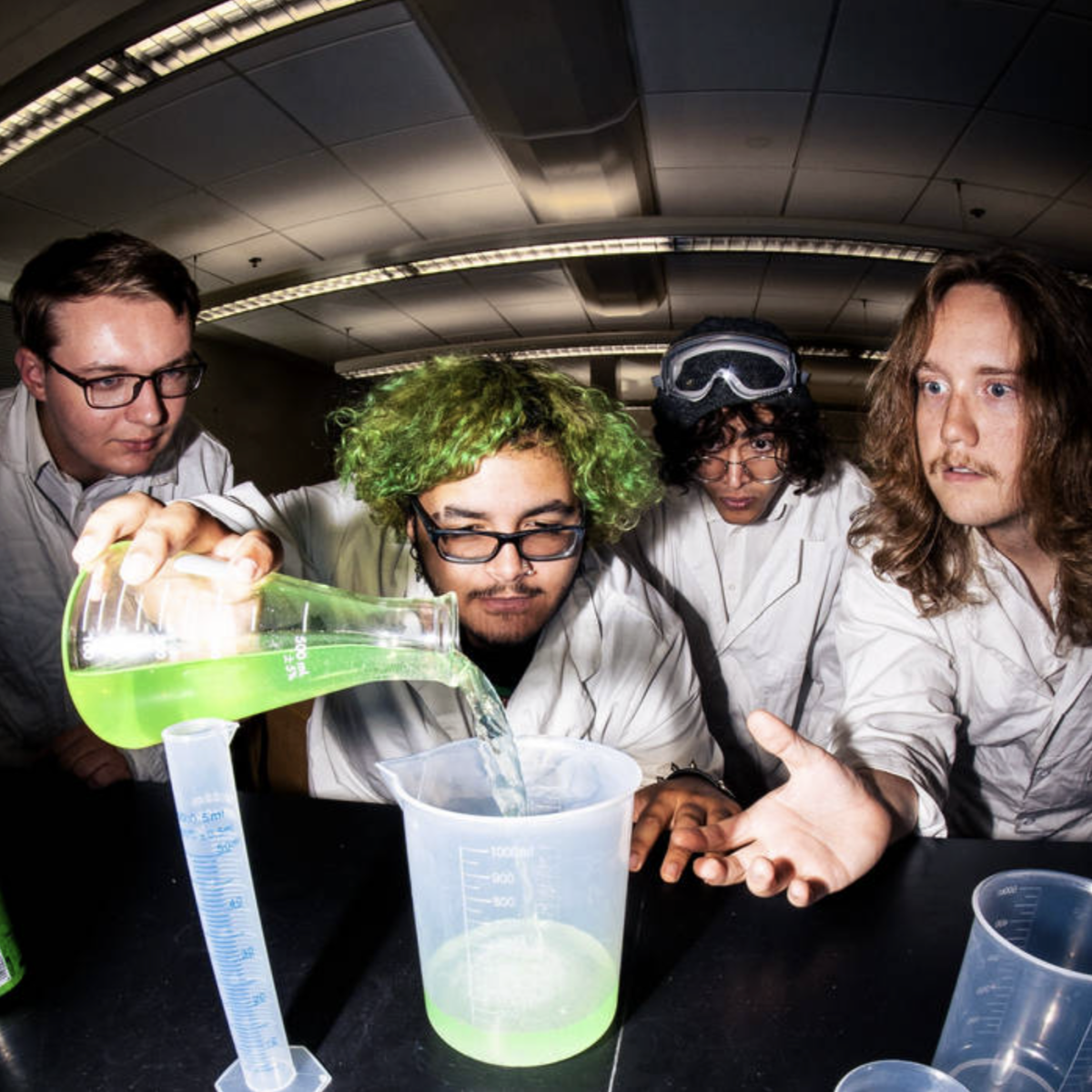







!["Working with [Dr. Lynch] is always a learning experience for me. She is a treasure,” said Thomas. - Staff Writer / Kacie Scibilia](https://thewhitonline.com/wp-content/uploads/2025/04/choir-1-1200x694.jpg)












